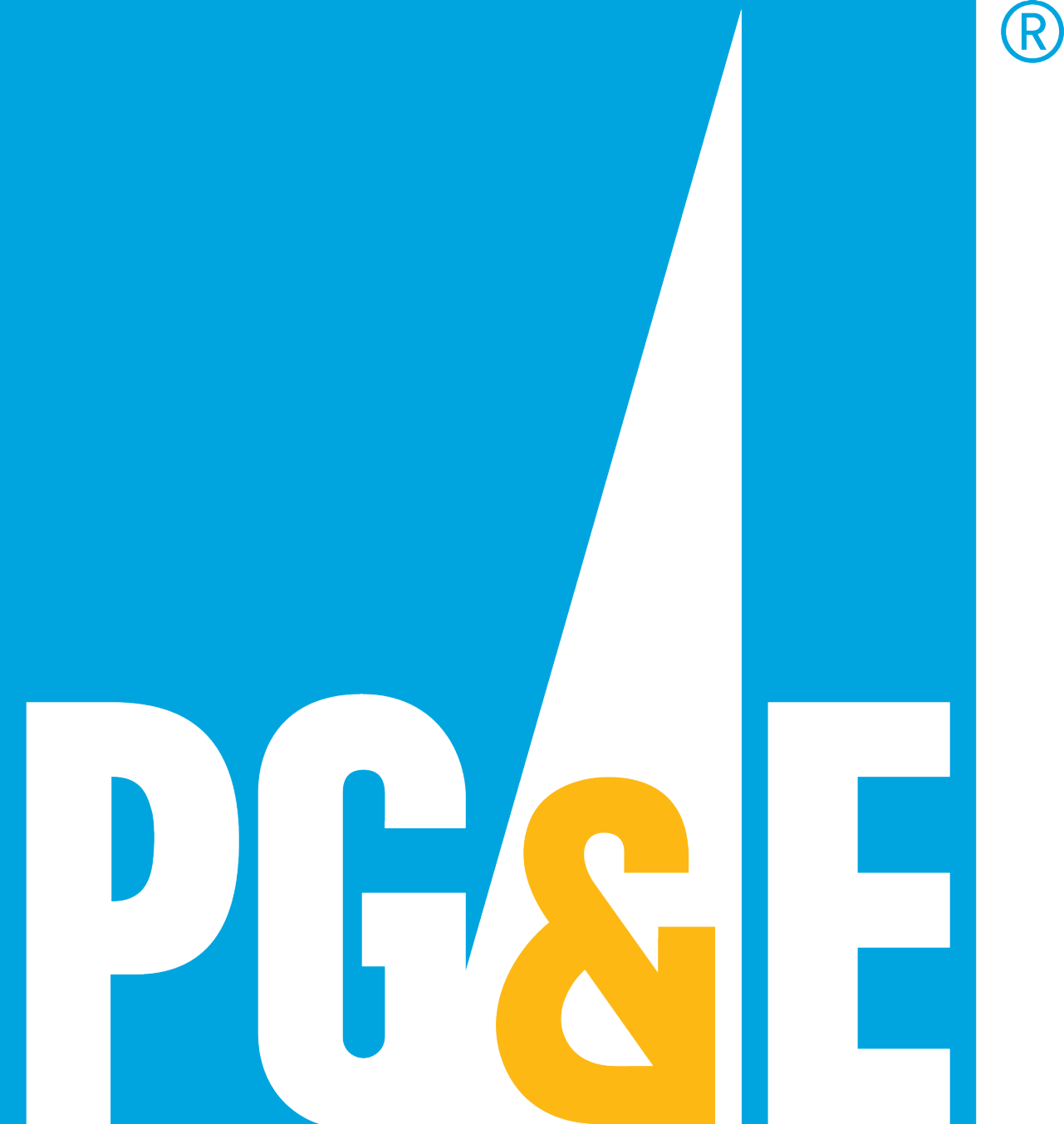Choose a budget and start planning
Choose easy, moderate and advanced energy-saving projects for your home. Shop for energy-efficient appliances and find rebates for qualifying products. Take a few minutes to decide on your budget and start planning.
Get your ducts tested anytime you install a heating, ventilation, or air conditioning (HVAC) product and during your annual HVAC service.
Leaky ducts can waste from 10 to 30 percent of the heated and cooled air in your home. By properly maintaining your ducts, you can ensure that the heated and cooled air in your home is not wasted. It will also help your HVAC system work better.
Input your ZIP code into the search tool. Find rebates and products.
Search for Energy Star® Certified central heat pumps
Search for Energy Star® ductless heat pumps
- Use a qualified C-20 contractor or technician to install your HVAC equipment.
- Ensure that your contractor applies for and receives a final inspection on your HVAC installation permits.
- Meet the mandatory duct sealing requirements for your new HVAC system.
Note: Consult a few contractors and get a few proposals for your central heat-pump project. Confirm your contractor’s license or find a licensed contractor in your area by consulting the Contractor's State License Board website or by calling 1-800-321-2752.
A system refrigerant checkup is a recommended service that can be performed when the equipment is first installed and during annual system checkups.
A refrigerant tune-up can be conducted if the system check indicates that one is needed.
The tune-up can help ensure the following:
- The system is properly charged with refrigerant.
- The indoor coil has access to good airflow.
- The duct system isn't damaged.
Only basic service needs such as changing filters and cleaning the outdoor unit are required annually to maintain system operation at peak performance levels.
For more assistance, call our Smarter Energy Line (SEL) at 1-800-933-9555.
Guide to energy-efficient cooling and heating
- Filename
- energy-efficient-heating-cooling-guide.pdf
- Size
- 1 MB
- Format
- application/pdf
Fact sheet: Air conditioner refrigerant charge and airflow
- Filename
- ac-charge-airflow-fact-sheet.pdf
- Size
- 215 KB
- Format
- application/pdf
DIY guide to sealing and insulating
- Filename
- diy-guide-sealing-insulation.pdf
- Size
- 2 MB
- Format
- application/pdf
Guide to duct testing
- Filename
- duct-testing-tech-brief.pdf
- Size
- 422 KB
- Format
- application/pdf
Guide to energy savings and comfort
- Filename
- hvac-sizing-guide.pdf
- Size
- 151 KB
- Format
- application/pdf
Save when you're at home
Are you spending more time at home? Are you working and schooling from home? If so, your energy expenses are likely to go up. Increased use of the internet, personal electronics and other equipment all have a direct impact on your energy bill. Below are simple tips and actions to help manage your energy use and bills, plus a few other savings suggestions.
Download the Ways to Save at Home Checklist (PDF)
Lower heating, cooling and lighting costs
Most of the energy costs associated with being at home more come from three primary areas: electronics, heating and cooling, and lighting. Here are some ways to lower these costs.
- Check your settings
Look for power-saving settings on your computer and office equipment. Many models include low-power modes that can reduce the energy used.
- Shut it down
Turn off your equipment when away for 20 minutes or longer. Sleep or standby modes still use energy.
- Plug in
Plug your equipment into a smart power strip. to easily shut off power to multiple devices when done for the day.
- Get connected
Create efficiencies with a connected home. A smart home hub provides energy monitoring and automation features that can help you save throughout the day. There are multiple connected home products to choose from to create your own smart home.
- Buy efficient
If buying a new device, look for the ENERGY STAR® symbol. It signifies a product has met strict energy-efficiency requirements. The PG&E Energy Action Guide can also help evaluate energy-efficient makes and models.
- Get additional help
Consider the Home Intel program to analyze your home energy use and provide an energy coach to help you lower energy use.
- Program your thermostat
Use a smart or programmable thermostat to control your home temperature. These devices can be programmed to run on your schedule, ensuring you don't waste money when you're away. PG&E offers smart thermostat rebates up to $120 to help support these efforts.
- Set the right temperature
If programming your thermostat, set it to 68 F degrees in the winter and 78 F degrees in the summer, health permitting.
- Use your windows
Use window coverings to allow or prevent the outside temperatures to impact your home's temperature. Closing blinds or drapes on a cold winter day can help to keep the cold from migrating further into the room.
- Space heaters and fans
If you spend most of your time in one room, use smaller or localized heating and cooling equipment, like space heaters or ceiling fans, to keep you comfortable. Make sure to follow all safety requirements associated with the equipment.
- Use natural light
Rely on natural light if available. Opening blinds or drapes on sunny days can supply light without using other light sources.
- Bulbs
Replace any old lightbulbs with LED lighting. LEDs not only use less energy, they also last longer.
- Spotlight your workspace
Use task lighting instead of overhead lighting whenever possible. Desk lamps or lights directly over a working area supply the light directly where it is needed.
Other potential ways to reduce your overall costs when at home more:
- You may save by switching your electric rate plan. Compare plans and choose the one that works best for you.
- See if you are eligible for PG&E financial assistance programs to help save you money on your bills.
- If you made energy improvement renovations to your home, check to see if they are eligible for the equipment tax credits for primary residences.
- See if you are eligible for a car insurance discount if you are no longer commuting.
- Check your cell phone and cable plans to ensure that you are still on the best plan for you.
Take advantage of our online tools and resources
- Review your energy use in near real-time
- Compare electric rate plans
- See where your energy use is going
Get a complete list of helpful online account services (PDF)
More home-energy savings tips
There are many additional actions you can take to reduce your overall energy use at home:
- Add sensors to your lights
- Set your thermostat temperature to save energy
- Cook efficiently when using your stove
More ways to lower your energy bill
Financial assistance programs
Find out whether your household qualifies for a monthly discount on your energy bill and enroll.
Energy Savings Assistance (ESA) program
Explore no-cost home energy improvements for income-qualified homes that are at least five years old.
Medical Baseline
Residential customers who rely on power for certain medical needs, additional energy at the lowest price on their current rate.

